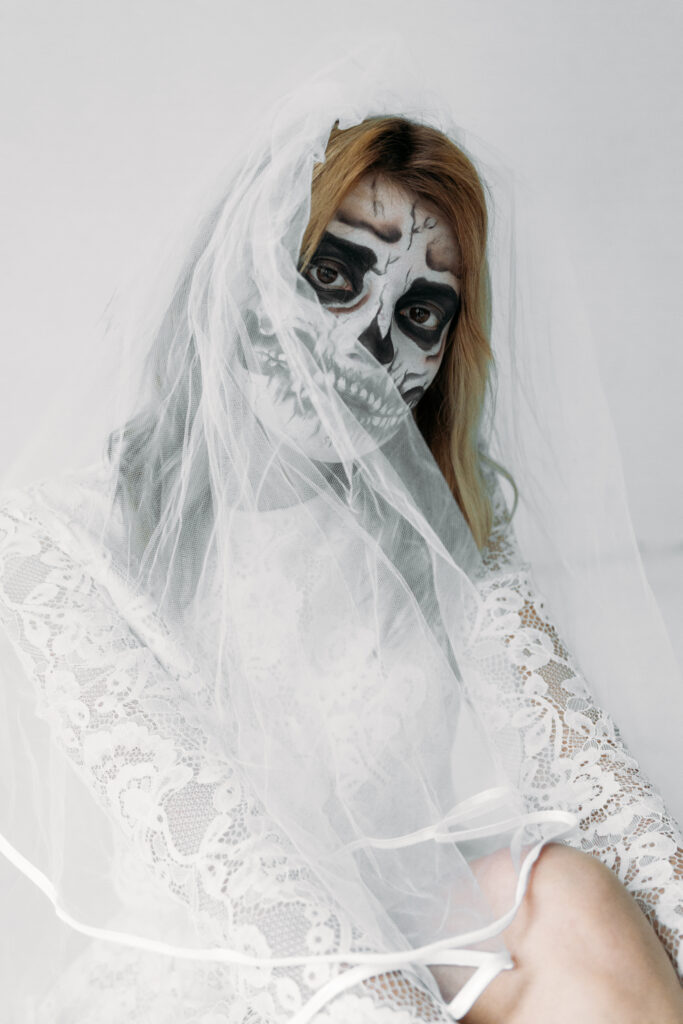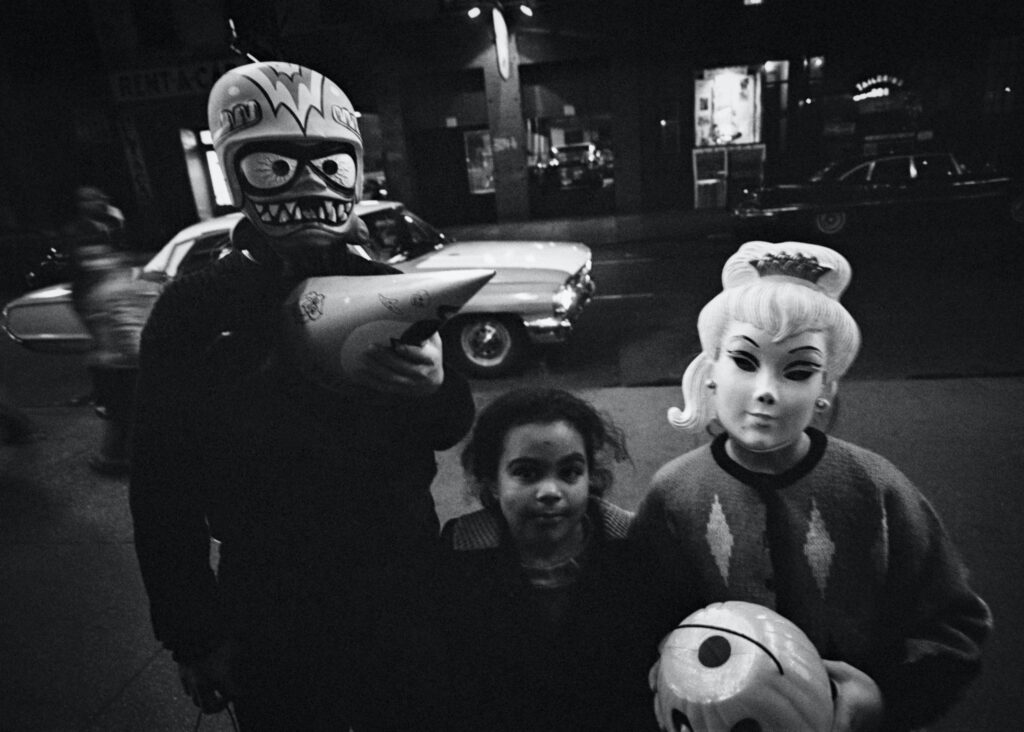The Jack-o’-Lantern’s Journey: The Halloween Junkie’s Final Take
If you’re as big a fan of Halloween as me, then you’re definitely going to love our fun and exciting trip through the history of one of its most famous symbols – the Jack-o’-Lantern. “The Jack-o’-Lantern’s Journey: The Halloween Junkie’s Final Take” will guide you along the amazing path from how Jack-o’-Lantern was born out of an Irish legend and later went on to become a favorite in American Halloween traditions. As we follow along this journey, you’ll learn so many new things that you might just become an expert on Jack-O’-Lantern yourself. Now won’t that be spooktacular?

This image is property of images.pexels.com.
Origins of the Jack-o’-Lantern
Origins in ancient Ireland
Once upon a time, in ancient Ireland, people celebrated a festival called Samhain. This festival was a way for people to say goodbye to the summer and hello to the winter season. During this time, they believed that the spirits of the dead could visit the living world. To keep these spirits and scary ghosts away, what they did was carve out faces on turnips and put a candle inside. This was the earliest form of the Jack-o’-lantern, pretty cool right?
Myth of Stingy Jack
Now, let’s talk about a tricky man named Stingy Jack. Jack was known to be a sly trickster who even fooled the devil–not once, but twice! After he passed away, he couldn’t enter heaven or hell. So, the devil, being a bit cheeky, gave Jack a coal to light his way in the dark afterlife. Jack, being crafty, placed the coal in a carved-out turnip, which he carried around as a lantern. This is where the name ‘Jack-o’-lantern’ comes from. It’s like Jack’s own, spooky night light!
Jack marking his lost soul with a lantern
Because Jack couldn’t enter heaven or hell, he was destined to roam the earth forever as a ghost, with only his lantern to guide him. It’s a bit sad, don’t you think? Remembering his tale, the people of Ireland carried on the tradition of carving lanterns every year.
Transition to America
Immigration Influence
As people from Ireland started moving to America, they brought many of their customs and traditions with them, and yes, that included the tradition of carving Jack-o’-lanterns.
Substituting the turnip for the pumpkin
In America, they found pumpkins were easier to find and perfect for carving. So, the turnips got a break, and the pumpkin became the star. These bright orange pumpkins were a lot bigger and nicer to look at than turnips, too!

This image is property of images.pexels.com.
Significance in American Halloween Tradition
Symbolism of the Jack-o’-Lantern
In America, Jack-o’-lanterns soon became symbols of Halloween. They represent the spirits or supernatural beings that spook us during this fun, scary festivity.
Role in Halloween festivities
They are also placed outside homes to ward off any spirits, just like their Irish ancestors did. In addition, carving Jack-o’-lanterns has become a fun activity for families to do together during Halloween.
Carving techniques and patterns
Over time, people have developed their carving skills. They’ve moved on from simple faces to intricate designs, using a variety of tools like carving knives, stencils, and even power tools for the ambitious carvers!
Revival of the Jack-o’-Lantern in Modern Times
Shift towards fun and creativity
These days, carving a Jack-o’-lantern is more about having fun and being creative. People create all sorts of designs from scary faces to beautiful patterns.
Growing popularity around the globe
Over the years, the tradition of carving Jack-o’-lanterns has grown in popularity not just in America, but all over the world. You might see them in other countries as well!

This image is property of images.pexels.com.
The Evolution of Jack-o’-Lantern Designs
Early carvings and techniques
In the early days, the designs on Jack-o’-lanterns were quite simple – usually a spooky face. The tools that were used were basic, too, like a knife and a spoon.
Influence of Pop culture
As time passed, popular culture started influencing the designs on Jack-o’-lanterns. Images of popular movie characters, superheroes, and other famous icons have found their way onto the pumpkin’s surface.
Trends in carving designs
Nowadays, you can find all sorts of designs and patterns, from traditional creepy faces to cute animals, pop culture references, and even political statements. The limits are truly endless!
Celebrating the Jack-o’-Lantern Today
Carving parties and competitions
People today love having carving parties and competitions. It brings together families and friends to see who can make the most creative, funny, or scariest Jack-o’-lantern.
Influence of technology and digital designs
With the help of technology, carving designs have become more advanced and impressive. Some people even use technology to project digital designs onto their pumpkins. How crazy is that?
The Role of the Jack-o’-lantern in Popular Culture
Appearance in films, tv shows and books
The Jack-o’-lantern has found its way into popular culture. You see it in Halloween-themed movies, TV shows, and books. It has become a must-have Halloween decoration.
Influence on Halloween merchandise
You can see the image of Jack-o’-lanterns on all kinds of Halloween merchandise like costumes, candy wrappers, and decorations. Jack-o’-lanterns have become a symbol of Halloween fun!
Environmental Impact of Jack-o’-Lanterns
Waste associated with pumpkin carving
Unfortunately, carving Jack-o’-lanterns can create a lot of waste. When people scoop out the insides of a pumpkin, they might throw it away instead of eating it or using it in a different way.
Sustainable practices and alternatives
But don’t worry, there are ways you can be more eco-friendly with your Jack-o’-lantern. Maybe you could use the leftover pumpkin to make a tasty pie, or turn it into compost for your garden.
The Future of the Jack-o’-Lantern
New trends and predictions
Carving technology will likely make Jack-o’-lantern carvings even more impressive in the future. Maybe one day, we’ll even have self-carving pumpkins!
Impact of climate change on pumpkin harvests
Climate change could cause problems for pumpkin growing in the future. But hopefully, if we all do our part, there will be plenty of pumpkins for everyone to enjoy.
The Halloween Junkie’s Take
Personal experiences carving Jack-o’-Lanterns
Carving Jack-o’-lanterns is one of my favourite Halloween traditions. It’s rewarding to see your pumpkin design come to life and light up the night.
Philosophical musings on Halloween traditions
Halloween is more than just scary costumes and candies. It’s about creating fun memories with friends and families and connecting with traditions passed down from generations.
Final thoughts and conclusions
So, there you have it, the journey of Jack-o’-lanterns from ancient Ireland to modern times. No matter how they evolve, these spooky lanterns remain rooted in tradition, and continue to light our way during the Halloween season.
The Jack-o’-Lantern’s Journey: The Halloween Junkie’s Final Take Read More »





























